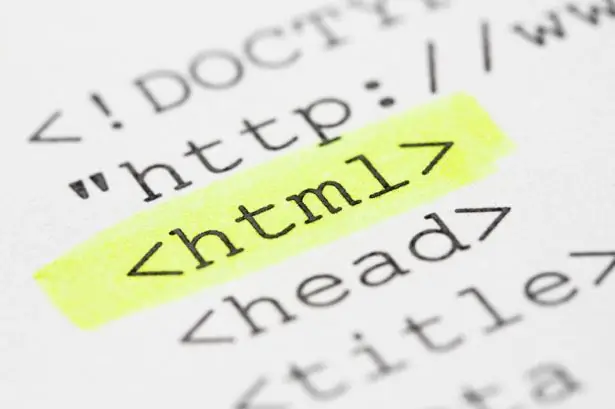- Author Lauren Nevill [email protected].
- Public 2023-12-16 18:48.
- Last modified 2025-01-23 15:15.
To many novice webmasters, the HTML markup language seems very complicated, but in fact it is not difficult to understand it if you want to learn how to create Internet sites. To format and correctly design the content of web pages, you need to know about the basic tags of the HTML language, thanks to which the text on the pages looks beautiful, easy to read and perceived by site visitors.

Instructions
Step 1
Use a tag to separate text into paragraphs. The text, divided into parts, is perceived by the reader much easier, and structured information quickly penetrates his memory.
Step 2
Well-formed headings are also very important for the perception of the text. You can insert titles of any size into the text - the largest text size you will get by enclosing it in tags, and the smallest in tags. Mark the main heading with the largest tag, and mark subheadings that decrease in the hierarchy of text with decreasing tags.
Step 3
You can apply attributes to these tags that align the text to the center, left, or right: align left, align center, align right, align justify.
Step 4
Finally, in order for your text to look nice on the page, it needs to be formatted, which means you need the strong, b, em, i tags. With these tags, you can highlight any piece of text that you want to draw your visitors' attention to.
Step 5
To make the page more relevant to search engines, instead of the b and i tags, use the em and strong tags to make the text italic or bold. As you already understood, in order to make the text bold, enclose it in tags, and in order to make the text italic, enclose it in tags.
Step 6
If you are not satisfied with the default font on the page, you can change it using the font tag. This tag has attributes that define the color, size and type of the font. Use the color attribute to change the color, the size attribute with values from 1 to 7 to change the size, and the face attribute to change the font type itself.
Step 7
To place hyperlinks inside the text, use tags. There are also many other tags that allow you to mark the text into tables and frames, as well as create a more competent page design. Once you've learned basic tags, you can easily master all of the HTML markup.






